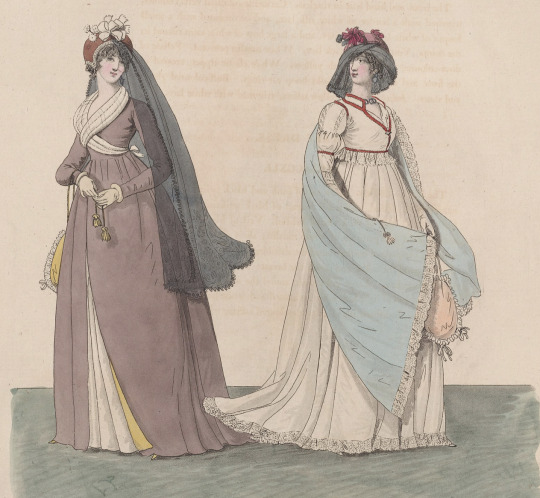#18th century fashion
Text
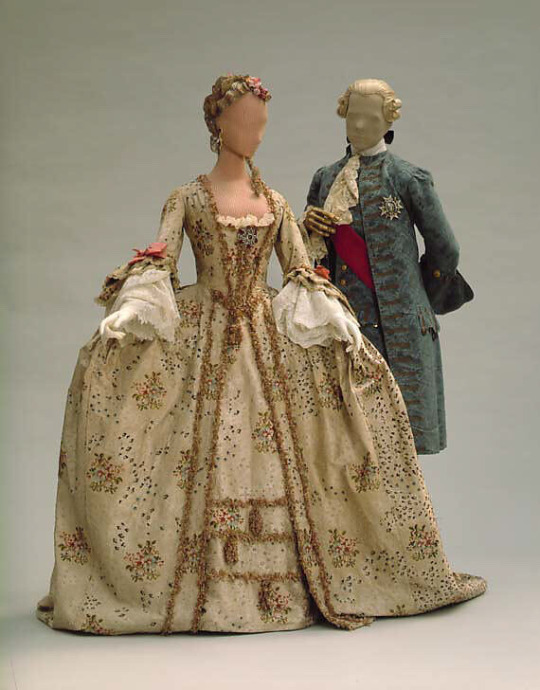
1740s
#historical fashion#fashion#historical#history#historical clothing#historical dress#long dress#textiles#textile#old fashioned#high fashion#dress#dresses#18th century art#18th century fashion#18th century#1740s#early 1700s#1700s fashion#rococo#rococo fashion#the metropolitan museum of art#artwork#art
46 notes
·
View notes
Text


Textile Sample Book (French, circa 1840-50).
Woven wool and silk fabrics on paper.
Images and text information courtesy The Met.
6K notes
·
View notes
Text
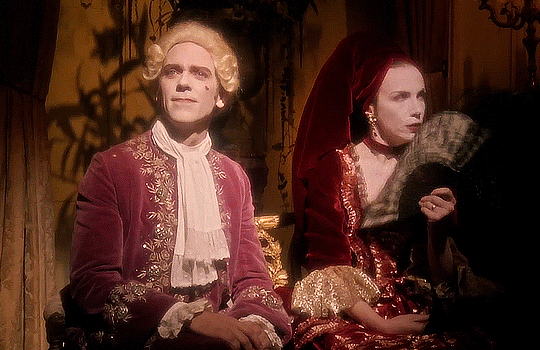
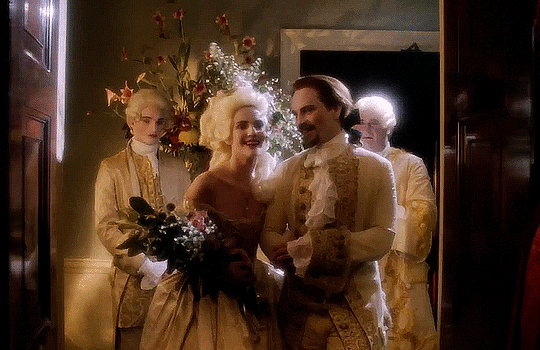
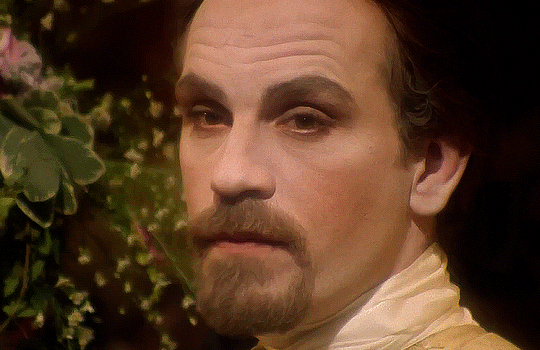
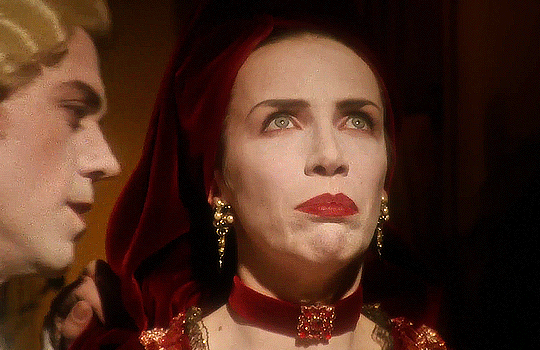

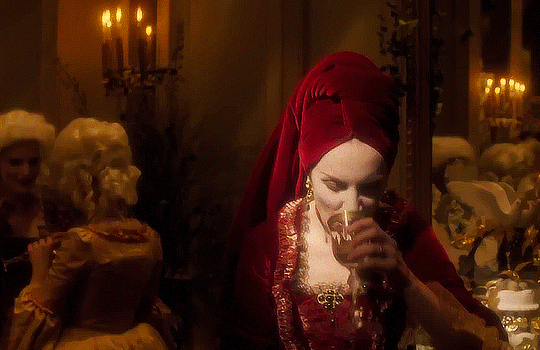

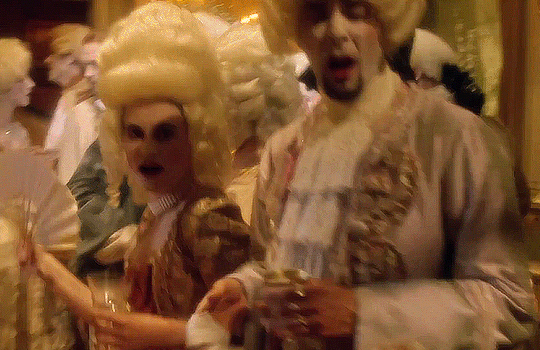

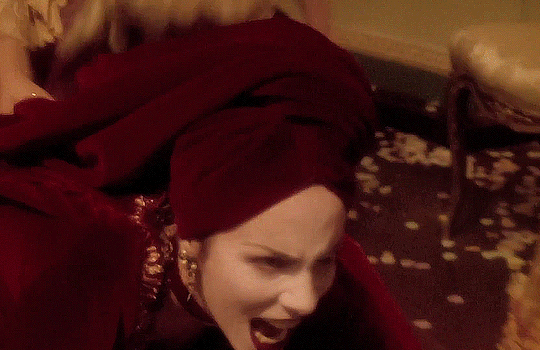

Walking On Broken Glass - Annie Lennox (1992), Dir. Sophie Muller
#musicedit#mvedit#annie lennox#hugh laurie#john malkovich#18th century fashion#gif#THE BEST MV OF ALL TIME!!!#1k
1K notes
·
View notes
Text

Pendant
c. 1700s
maker unknown
“Gold pendant, the border set with half pearls surrounded by an embroidery of two birds under faceted crystal.”
V&A Museum
#jewellery#vintage jewelry#pendant#metalwork#fashion history#history of fashion#historical fashion#18th century#1700s#1700s fashion#18th century fashion#fashion#frostedmagnolias#jewelry#antiquities
889 notes
·
View notes
Text
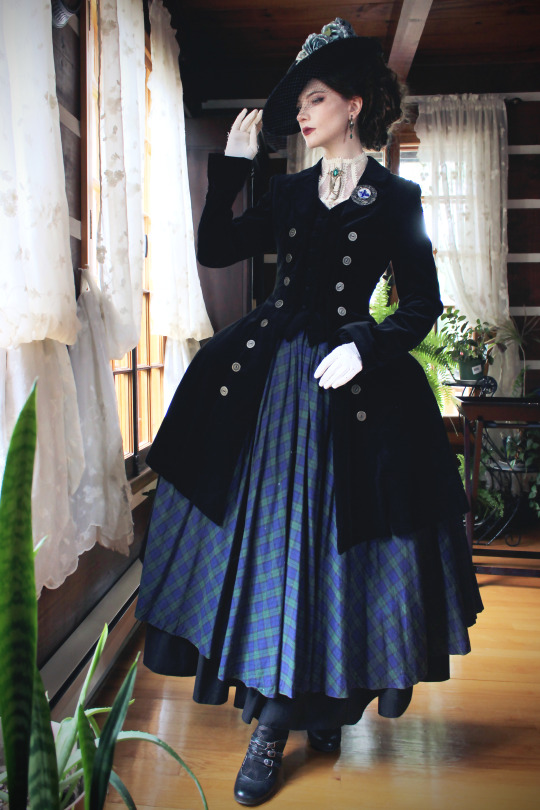
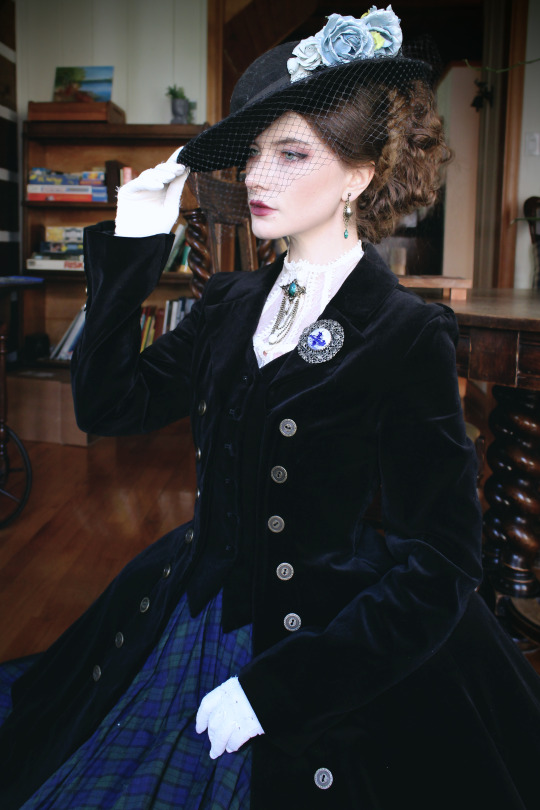
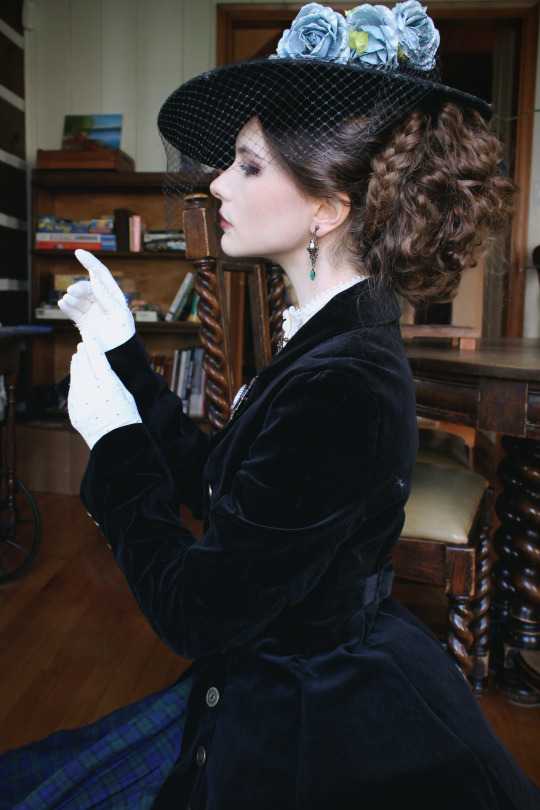
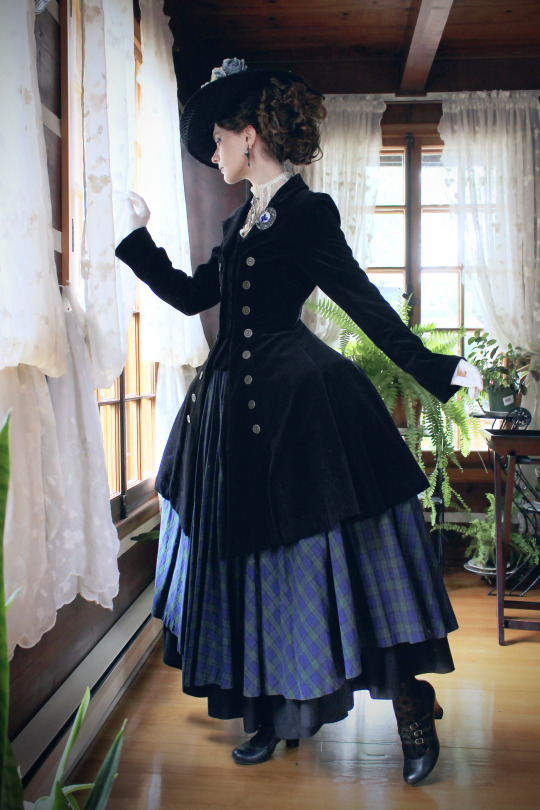
The tartan duchess
Outfit rundown
Jacket: second-hand Atelier Boz
Dress: second-hand Juliette et Justine
Underskirt/petticoat: second-hand Black Peace Now
Shoes: old Hush Puppies
Hat: vintage with added blue flowers
High collar: second-hand Abilletage
Brooches: vintage
Gloves: vintage
Earrings: Phantom Jewelry
Rococo panniers: a gift from the designer of @british_wardrobe
#fashion#ega#egl#historybounding#historical fashion#historical hair#rococo fashion#18th century fashion#vintage#vintage fashion#vintage style#juliette et justine#atelier boz#goth#goth fashion#gothic fashion#gothic style#alternative fashion#second-hand fashion#fanny rosie#fannyrosie
2K notes
·
View notes
Text
Once you buy your first pair of shoes from American Duchess, you want more.
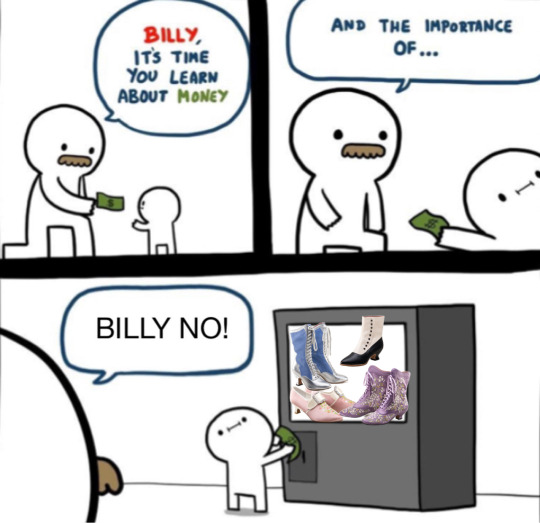
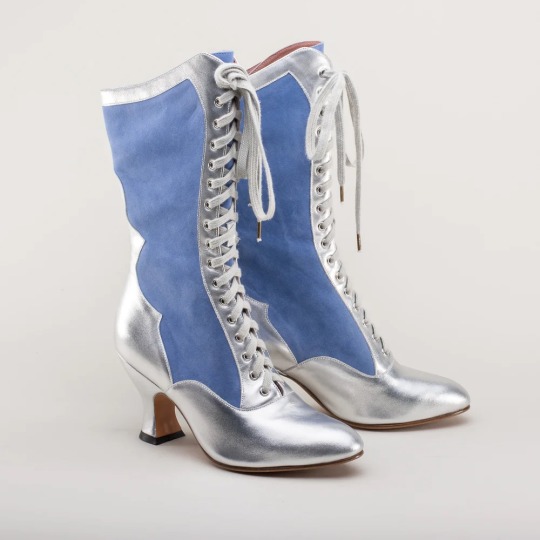
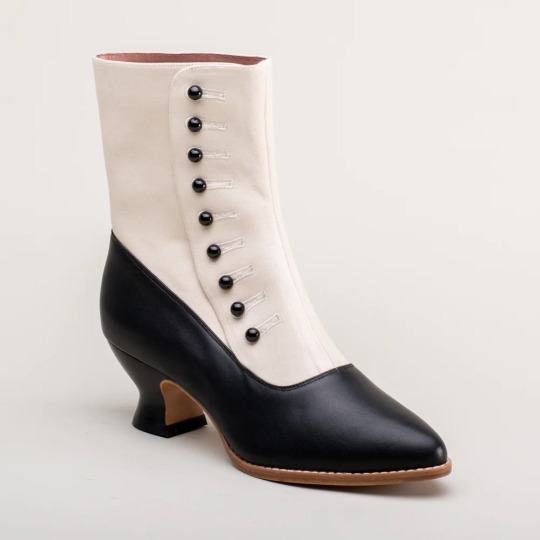


691 notes
·
View notes
Text

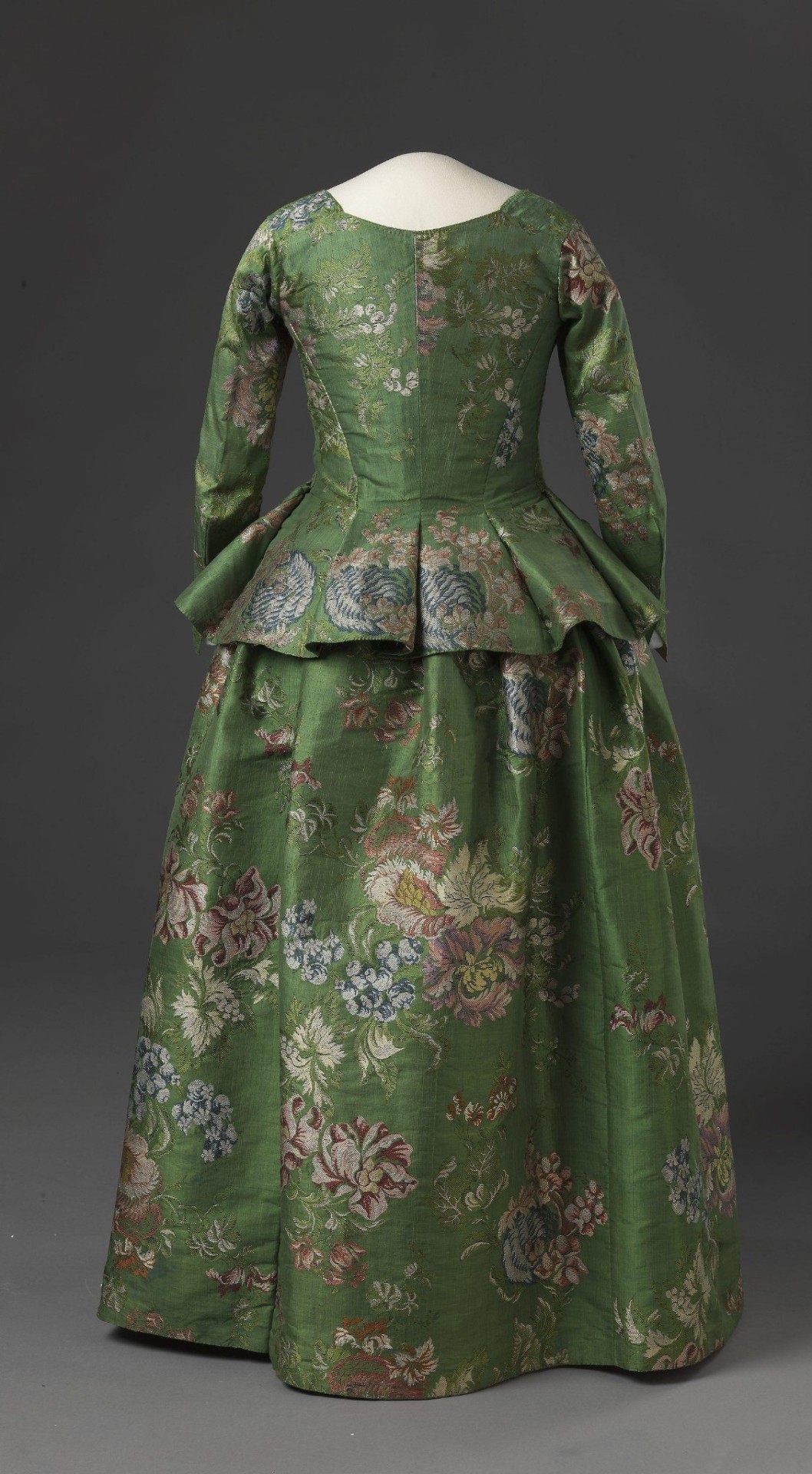
• Dress.
Date: 1730-1760
#fashion history#history of fashion#dress#fashion#18th century fashion#18th century dress#18th century#1730#1760
788 notes
·
View notes
Text
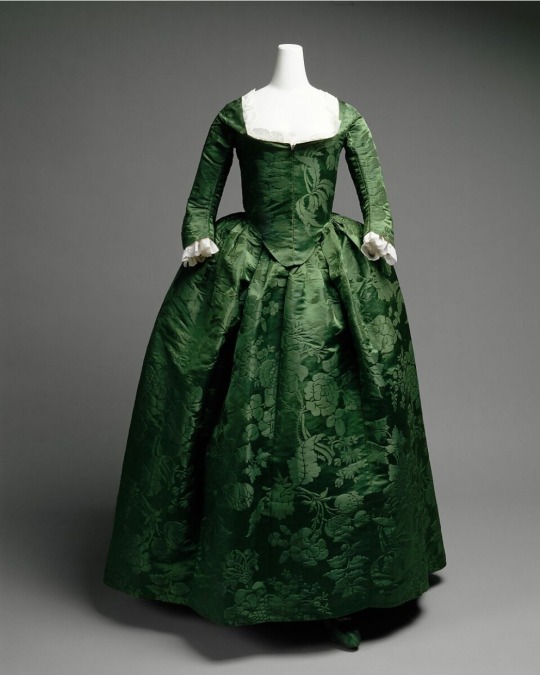
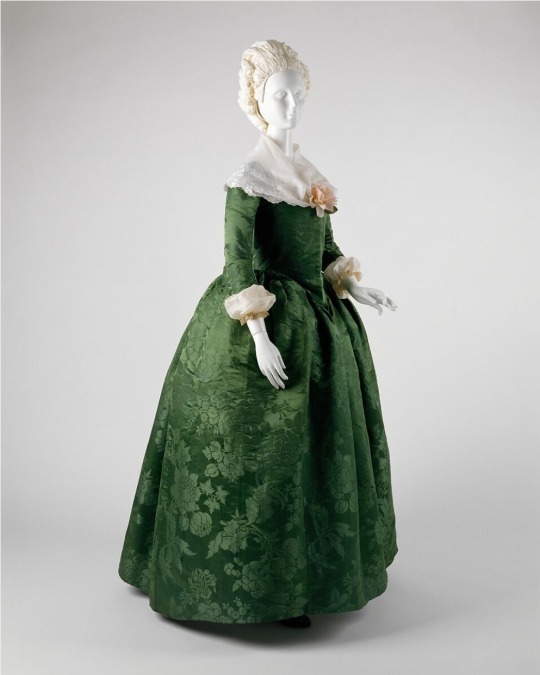
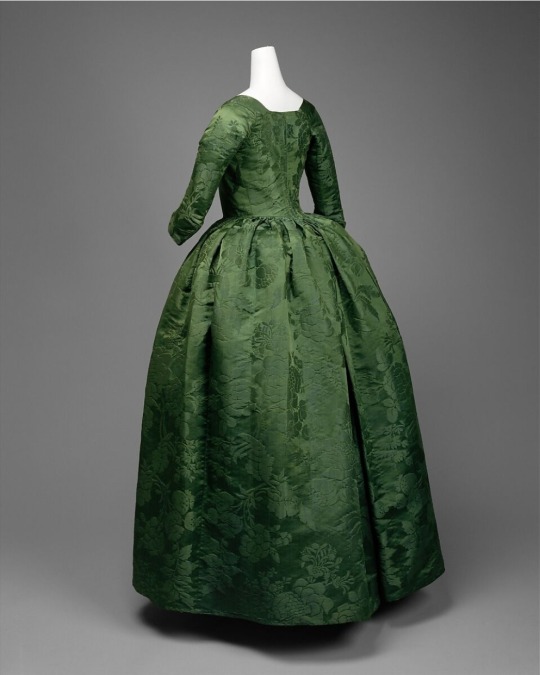
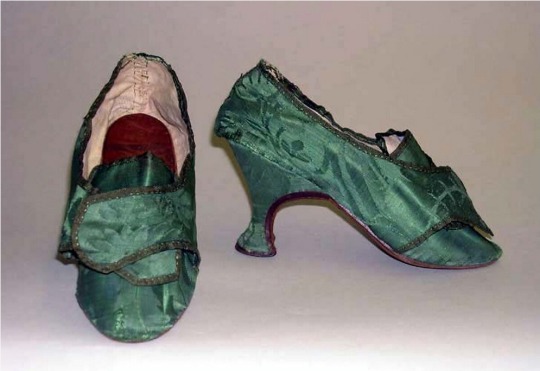
Title: Ensemble
Date: ca. 1775
Culture: American
Medium: silk
#18th century#18th century fashion#spitalfields silk#fashion history#historical fashion#silk#1770s fashion
662 notes
·
View notes
Text
Another theory post about OFMD S2 because it's all I think about anymore
I had a theory forming about the pearl necklace Ed is wearing that I wanted to share with y'all. I was originally speculating about where Ed got the necklace, thinking that maybe he stole it off one of the wedding guests or even the bride because you can see a lot of the women wearing pearl jewelry in these shots.


But the only pearl necklace we see is much larger than the ones Ed is wearing, and I did some digging and found out that pearl necklaces mostly went out of style in Europe due to a war and the church getting all uppity about people being excessive, so it would be unlikely that any of the other women would be wearing pearl necklaces, especially when the earrings and hairpins made with pearls were usually larger and more uniform than the ones we see on Ed's necklace.

So, where did the necklace come from? I think it makes perfect sense that Stede gave it to Ed because of course he did, but when? It's hard to see Ed's neck in any of the shots of him raiding the wedding ship or in the captain's cabin aboard the Revenge, but I think it's safe to say that he doesn't have it at that point in time.
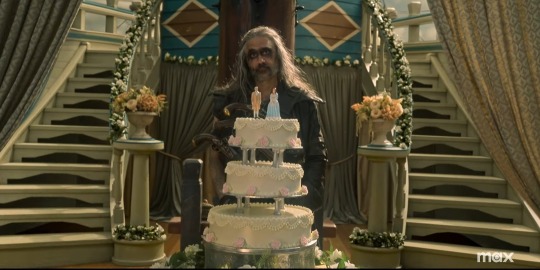
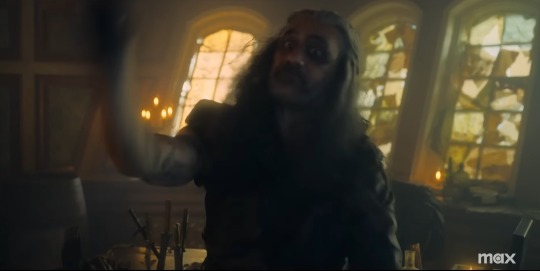
The first time we see it clearly in the trailer is when he's in the forest, confronting the mysterious figure (who I have a theory about, but that's for another time).

So, Ed gets the pearl necklace some time between raiding a bunch of ships as Blackbeard and getting stranded on an island. What could possibly happen in the interim that could cause him to acquire a pearl necklace from Stede?
Well, we all know Mysterious Merchant Susan is definitely the Chinese Pirate Queen Shi Yang/Zheng Yi Sao/Ching Shih or some approximation of her (since the real Zheng Yi Sao was born in 1775). We also know that she's masquerading as a merchant for some reason. What if the scene of Stede and Oluwande at the market happens before Stede sends his message in a bottle to Ed?
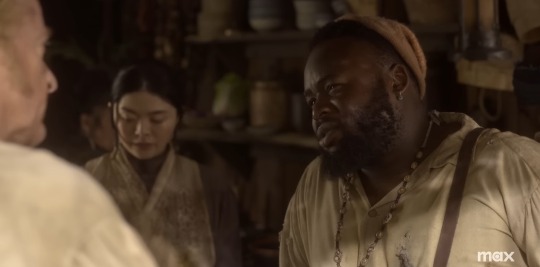
What if, when talking about Blackbeard and Ed, Susan convinces Stede to buy a string of these?
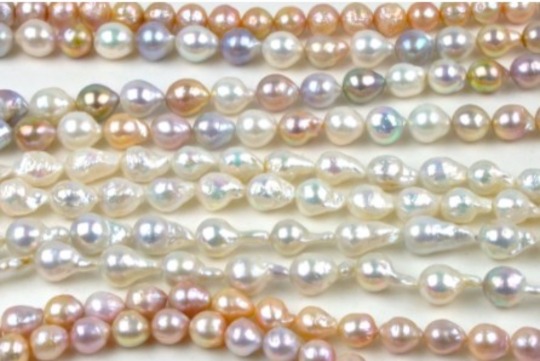
Chinese freshwater pearls. They're smaller and less uniform than the pearls we associate with classic European pearl jewelry. And they match up in style and size pretty well to the pearls on Ed's necklace.
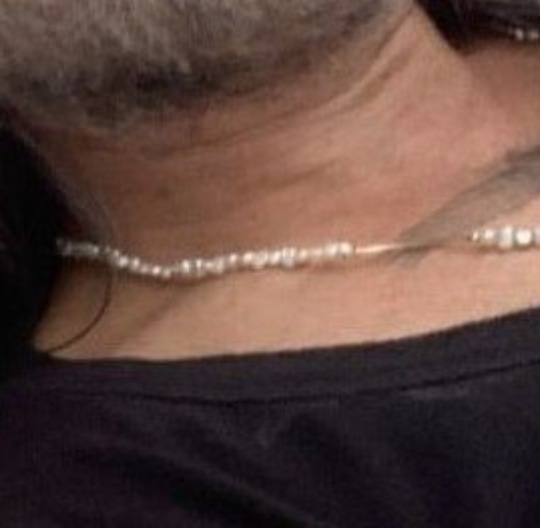
What if Stede buys these pearls from Susan and places them in the bottle along with his message to Ed? Then, when Ed gets stranded on the island, he finds the bottle on the beach and the pearls inside. That's why he goes from no pearls on the Revenge to pearl necklace on the deserted island.
Just some food for thought!
Edit
So, @naranjapetrificada pointed something out that kinda sinks this theory, but I do really like where this new info leads us.
Ed is wearing the pearl necklace before being stranded on the island. You can see it in the "fuck you, Stede Bonnet" frame, but it's easy to miss.
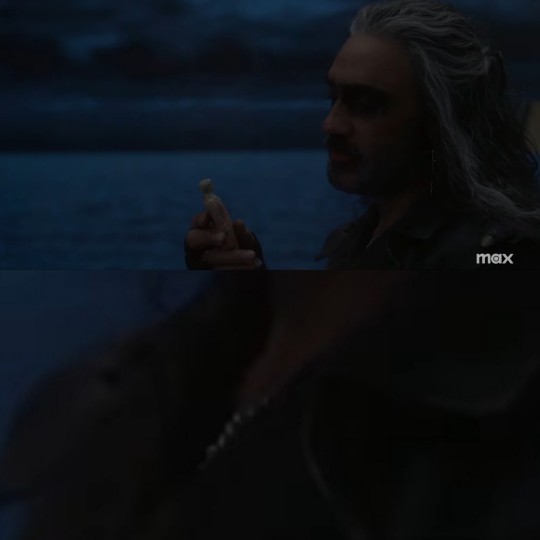
There she is, when Ed is very clearly on the deck of the Revenge.
So, this does burn my theory to the ground, but that's okay!! That's the fun of theory crafting! Someone noticed something I didn't and flipped the whole script!
I love the implications that the necklace is something Ed chooses for himself, rather than something he is gifted. He still likes fine things and wants to feel pretty and finds something that makes him feel that way. Babygirl is having a rough time and deserves some happiness, dammit!!
#ofmd#our flag means death#ofmd s2#our flag means death season 2#edward teach#stede bonnet#theory#my theory#if any of the info about pearls or 18th century jewelry is incorrect#please let me know and i will happily make an edit to this post#the gentleman pirate#blackbeard#ofmd stede#ofmd edward teach#blackbonnet#gentlebeard#pearls#pearl necklace#18th century fashion#edited#i was wrong#and thats okay
448 notes
·
View notes
Text
Wedding Dress, 1795, silk, cotton
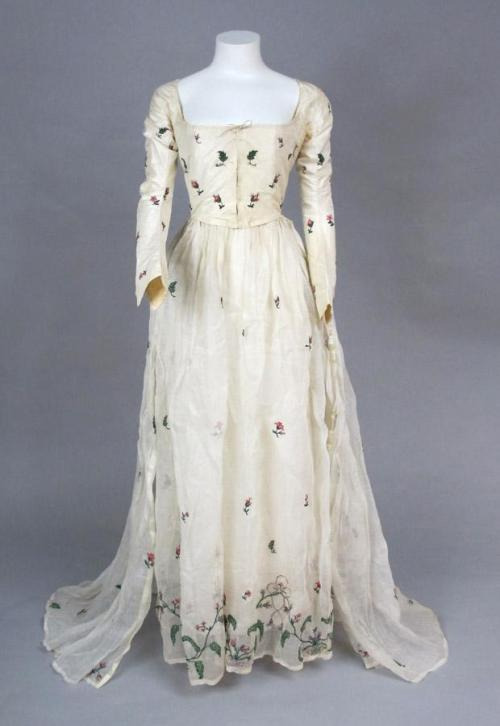
Rare transitional gown. The bodice in keeping with earlier 18th century construction in white silk embroidered with scattered rosebuds and carnations. The apron front skirt constructed in Directoire style. Sheer stiffened white mull overskirt. Hem with rich polychrome embroidery having delicate baskets filled with rosebuds, trailing vines, tasseled bows trimmed with sterling spangles. Ground embroidered with scattered rosebuds and tiny carnations. All densely worked in tambour stitch.
This silk embroidered dress was worn by Elizabeth Bull in 1795 when she married Richard William Hart. The dress shows the transition from 18th century construction and design to 19th century styles. The embroidery design consists of scattered rosebuds, carnations, trailing vines, bows, and baskets.
Connecticut Historical Society
#18th century fashion#18th century#georgian fashion#georgian era#georgian#fashion history#historical fashion#wedding dress
1K notes
·
View notes
Text

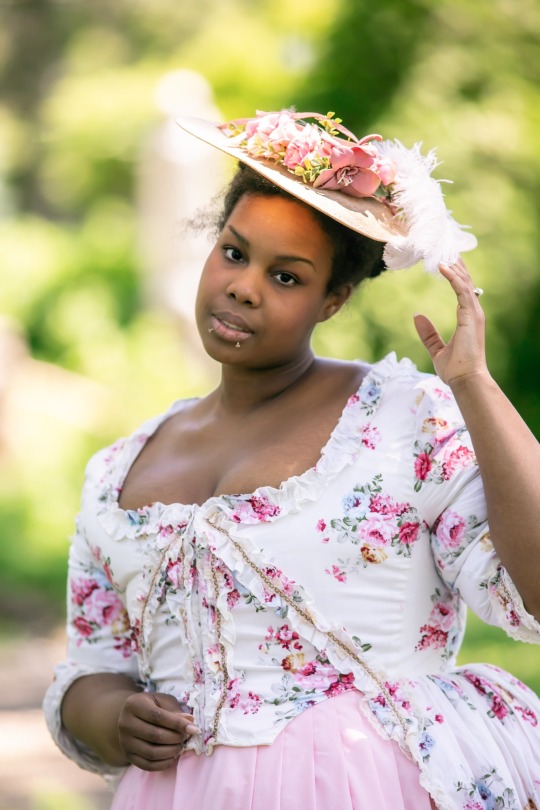
une reine sans le hameau | iridessence shot with Kelly Lenza
#18th century#fairytale aesthetic#cottagecore#rococo#18th century fashion#18th century clothing#historical costume#historical fashion#historical clothing#dido elizabeth belle#dido belle#marie antoinette#hameau de la reine#soft black women#black femininity#black people in period clothing#mignonne#2022
5K notes
·
View notes
Text
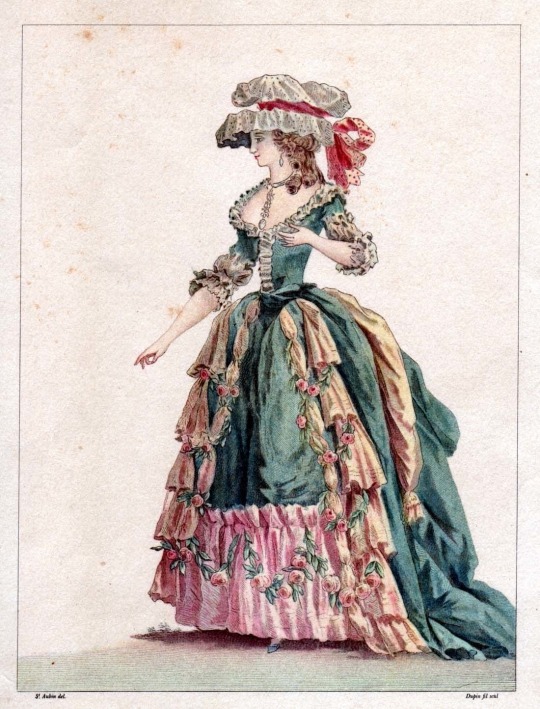
#historical fashion#fashion#historical#history#historical clothing#historical dress#long dress#textiles#textile#rococo#high fashion#old fashioned#dress#dresses#gown#ballgown#1700s fashion#1700s#18th century art#18th century fashion#18th century
23 notes
·
View notes
Text

Fan (1780-1820).
Smithsonian American Art Museum.
304 notes
·
View notes
Text

Pride & Prejudice (2005) dir. Joe Wright
#pride and prejudice 2005#pride and prejudice#keira knightley#lizzie bennet#18th century fashion#18th century#1790s#1790s fashion#1800s aesthetic#period drama#perioddramaedit#source: historical beauty lily#nature#elizabeth bennet#jane austen#joe wright#summer#aesthetic#summer aesthetic#countryside#cottagecore
406 notes
·
View notes
Text
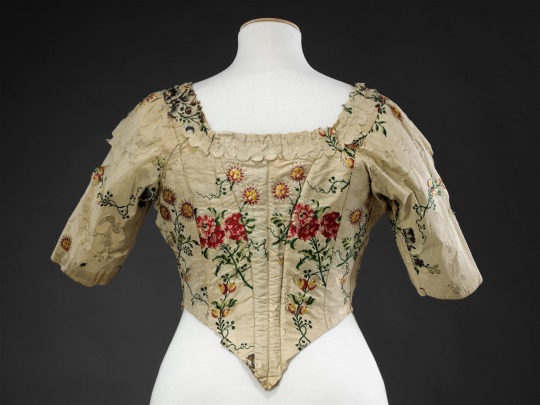
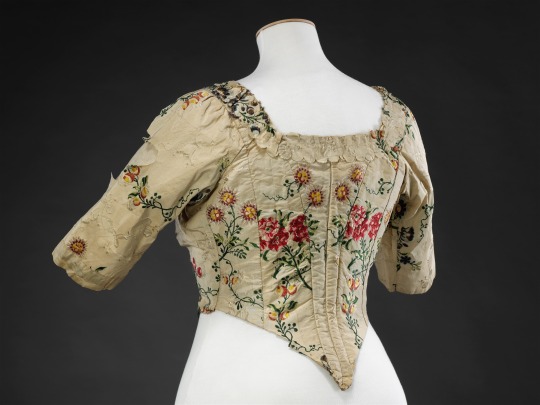
Bodice
1780s
The John Bright Collection
#1780s#18th century fashion#18th century#1700s#fashion history#historical fashion#historic fashion#history of fashion#bodice#frostedmagnolias
395 notes
·
View notes
